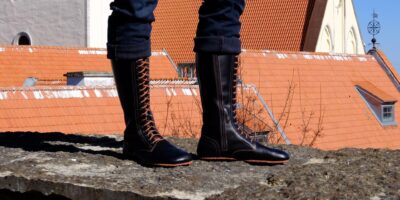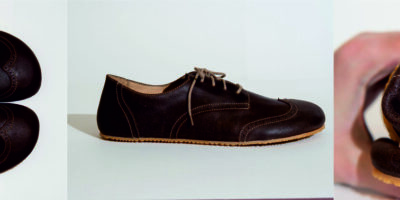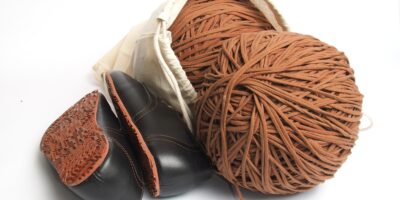“What is a barefoot shoe?”
“What does that mean? And why the term ‘barefoot’ when they are shoes or boots?”
“What is it good for?”
But it’s ugly?”
“But it’s uncomfortable (I’m used to heels, it hurts)?”
“But it doesn’t make me taller/sexier/prettier, etc.?”
These and many other questions are probably asked by almost everyone who has not encountered barefoot shoes before. Especially in the Western world, wearing shoes has become a dogma, an indisputable tradition.
This has happened despite the “small fact” that our own ancestors only a few generations ago were barefoot or in shoes, which did not harass or distort their feet as much as modern shoes, for a large part of at least the warmer seasons.
There have always been fads that have restricted and tormented the feet, but never before have they encompassed all social and national classes to the extent they do today. It has become a norm whose rightness or goodness is no longer doubted. Fortunately, however, the fashion and health pendulum is once again moving in a direction that values the health and well-being of the feet and is ready to bend the chains of fashion in a direction that is actually good for the feet.
The main characteristics of barefoot shoes*:
The human body is designed to move in very versatile ways. Did you know that two feet together contain a quarter of the bones of the whole body, a lot of joints, tendons and small muscles?
One of the most important tasks of footwear is to protect the feet from external conditions – both the temperature and the characteristics of the ground. Barefoot shoes are shoes that allow your feet to move as much as possible while providing the minimum necessary protection.
Toe shape
The toe shape of the shoe follows the natural shape of the foot. It is wide enough not to squeeze the toes together. There is enough room in the shoe for the toes and small muscles in the foot to move.
The sole of the shoe
The sole of the barefoot shoe is thin and flexible, so that the feet receive feedback from the ground. Such a sole allows the small muscles of the foot to move. The sole bends at both the toe and heel of the shoe and can be twisted into a ~ shape. There are no cushions on the sole. When the shoe is on, the toe of the shoe is against the ground, i.e. it is not curved upwards, there is no toe spring.
Lack of heel and arch elevations
Barefoot shoes do not have a heel. In ordinary shoes, the heel height can sometimes be hidden, i.e. from the outside, the shoe appears without a heel, but when viewed from the inside, there is a clear difference between the height of the heel and the toe of the shoe from the ground. The higher the heel of the shoe, the greater the load falls on the big toe.
Barefoot shoes also lack arch support. This allows the muscles, tendons and joints in the foot to move.
The right size and good fit
Barefoot shoes are sized to fit the wearer. They have enough room to allow different parts of the foot to move. At the same time, they have a small enough margin so that the leg muscles do not have to deal with keeping the shoes on. The shoes are firmly on the foot and can be tightened sufficiently with the help of straps/ribbons/crips. The shoes do not fall off the heel.
Footwear that meets these characteristics protects your feet from outdoor conditions while allowing your feet to move as much as possible in different ways on a daily basis. It reduces leg and back problems and contributes to the sense of balance.
When talking about “unusual” footwear, there are many types of footwear with different names, and it’s important to remember that they don’t all mean exactly the same thing.
Barefoot shoe – allows the foot to move as if barefoot..
Sometimes shoes that can be worn barefoot, but which do not meet the above criteria, are also called barefoot shoes.
Minimalist shoe – a minimalist shoe in terms of appearance or use of materials, which may not have, for example, a flexible sole or fasten well around the foot.
Functional shoe – a shoe that meets one or more of the above conditions to allow the feet to move.”








Leave a Reply